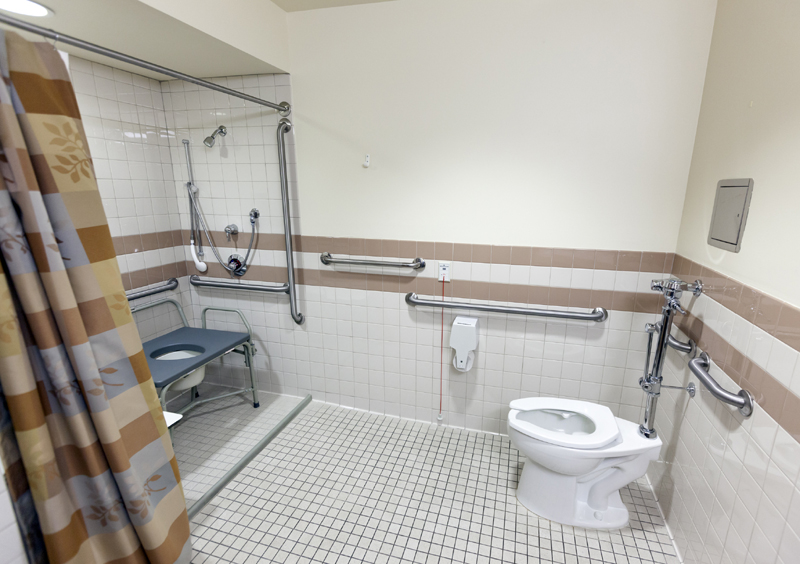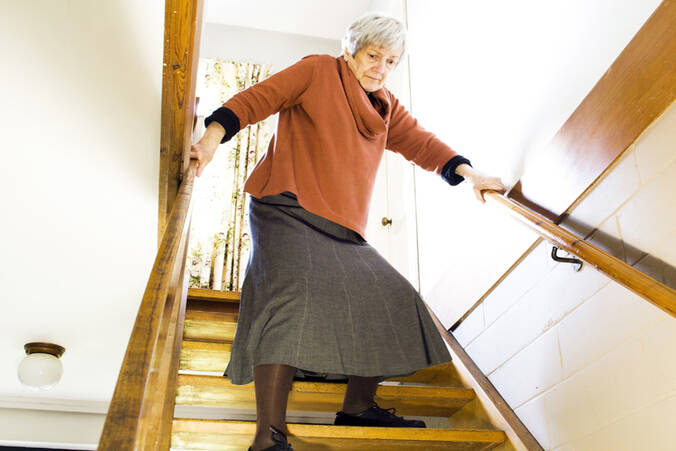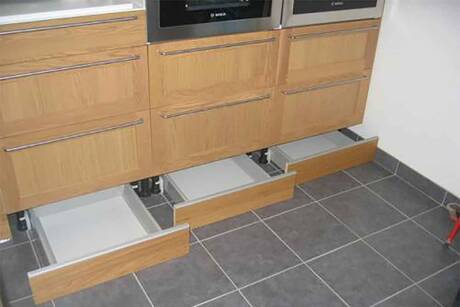Photograph: iStock.com
Elders in the house are prone to falls and accidents because of weak eyesight and weak control on their movements. Thus, seniorizing your home involves redesigning to include factors of age, health, general movement around house and disability (if any), says architect Mrunmayi Wadwekar. Here how you can go about it...
 Install railings wherever necessary in a bathroom that will be used by elders at home. Make sure that the flooring is anti-skid.
Install railings wherever necessary in a bathroom that will be used by elders at home. Make sure that the flooring is anti-skid.1.Install proper lighting in all areas of the house.
2.Replace tiles, especially in case of toilets, with antiskid/rough-textured ones.
3.Increase doorway width wherever possible to fit in a wheelchair (usually a wheelchair is 32 inches wide).
4.Make the toilet bigger and as per standards to accommodate a wheelchair occupant.
5.Install smoke detectors or fire alarms for emergencies.
6.Install bathroom doors such that they open outwards, to create more space and movability inside.
7.Increase the height of the toilet seat and lower that of the washbasin and mirror, especially for wheelchair occupants.
8.Tape or tuck in loose corners of carpets/floor coverings to prevent falls. Secure loose wires on the floor. Install railings on both sides of the staircase (it should be strong enough to hold the full weight of a person). Fix railings near WCs, and in shower areas and hallways. You can also affix rails on the bed to prevent falls while sleeping.
9.In case it is not possible to create a permanent ramp for wheelchair access in the house, you can use foldable ramps that are available in the market.
10.Rearrange furniture such that there is plenty of space to move around.
11.Keep frequently used items at a height that is comfortable for the senior citizens.
12. Use anti-slip mats near bathrooms, front porches and other areas exposed to water.

















